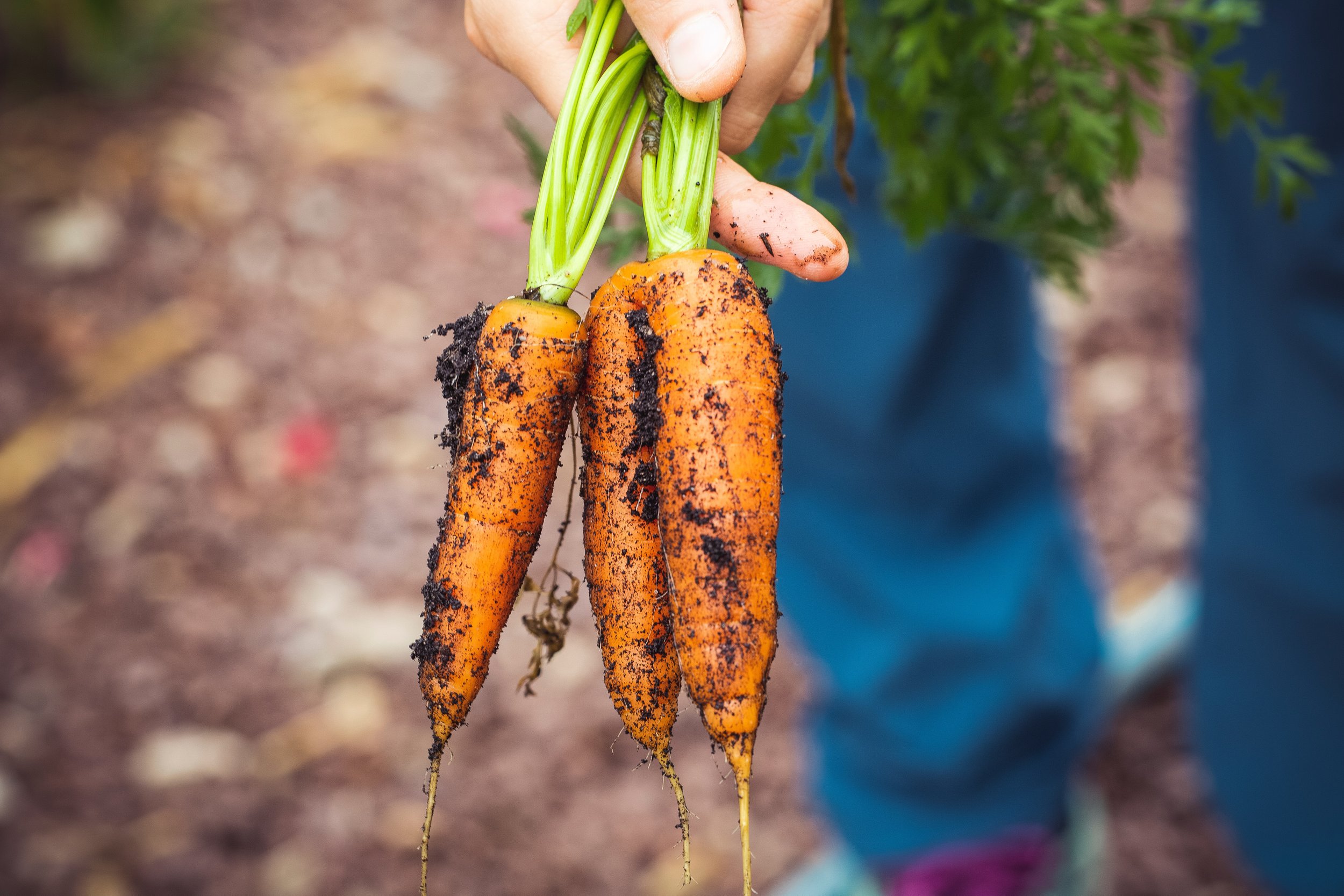How To: Lacto-Ferment
Leith-trained George Blower started his culinary career learning the ropes from eco-chef Tom Hunt with seasonal, minimal waste cuisine at Poco. He has since worked at some of Britains top sustainable restaurants including Silo, the zero-waste restaurant by Douglas McMaster.
George believes that sourcing good food from local producers, cooking it inventively and pairing it well, is how we can all get on board with a more plant-led diet.
WRITTEN BY GEORGE BLOWERLacto-Fermentation
The word may sound intimidating or perhaps a little weird. But it is a simple process that gives us delights such as sauerkraut, kimchi and cucumber pickles. It’s something I frequently use, it can unleash a whole host of flavours, textures and aromas, and really bring a wow factor to a plant-based dish or in fact any dish that you make. It’s also great for your gut and preserves the life of your vegetables too.
This method is one you can apply to any cooking you do in the future.
The Chemistry
Lacto fermentation works with salt to kill harmful bacteria present in the vegetable and allows healthy bacteria to flourish. To achieve this, you simply create salt brine and submerge your vegetable into it.
The process takes two stages, both of which are invisible to the eye. The first sees the salt killing off the bad bacteria, so that process two can commence, where the good bacteria (known as Lactobacillus) can get to work converting the natural sugars and lactose present within the vegetable, into lactic acid. It’s this acidic environment that preserves the veg and produces some really interesting flavours, such as:
Delicata squash smelling like pineapple juice. Roasted and puréed pumpkin taking on a whole new tropical flavour of mango, papaya and passionfruit. Rhubarb losing its intense acidity and balancing out to a more mellow sweetness, with a pleasing pop and crunch when bitten.
It really is a bit of a Russian roulette not quite knowing what you’ll get from each vegetable. Raw veg is more commonly used, but you can also apply it to purées/mashes, pulp, scraps and peelings. And as it’s only salt and water! It makes for a very thrifty method.
What You’ll Need:
A set of digital scales
Water
Salt
A vessel to ferment the veg in. Anything will work, but ideally a jar with a lid that will fir comfortably.
A vegetable to ferment. I’d recommend starting off with something like carrots, radishes or asparagus, both of which are in season right now.
Method:
1. Place the jar on the scales and zero/tare it off. Add your vegetable, left whole or in batons, and top up with water to fill the jar. Record the total weight of veg and water, then remove from the scales.
2. Pour the water off into a large bowl and place this on the scales. Here is where we create our brine. Pretty much all lacto fermentation is done at 2% of the total weight of water and veg, in salt. You can experiment by going down as low as 1% or as high as 3%, but any more or less won’t result in a great product. Take the weight you recorded earlier and multiply by 0.02. This will give you a percentage of salt to add to the water. (So for example, if we had 1000g total weight of water and veg, we’d do 1000 x 0.02 = 20g salt). Whisk to dissolve.
3. Place a lid loosely on top and leave out at room temperature for 3-5 days. Be sure not to tighten the lid as we need air for gases to escape. It can also be useful to place the jars on a tray or dish, to catch any brine that bubbles out the jar as they ferment.
4. After day 3 give it a taste and if it’s good for you, then pop it in the fridge with the lid sealed. This will drastically slow the fermentation. If you fancy a bit more funk, or to see how it’ll develop, give it another few days.
Note: If fermenting chillies to make your own hot sauce you’ll need a 7% brine and to leave them for two weeks. Chillies are more prone to mould, and so need a higher percentage of salt to counter this.
And there you have it. How to lacto ferment pretty much any fruit or veg you have. You can then enjoy these as you would pickles or other ferments. In salads and sandwiches for lunch, or alongside your supper.




